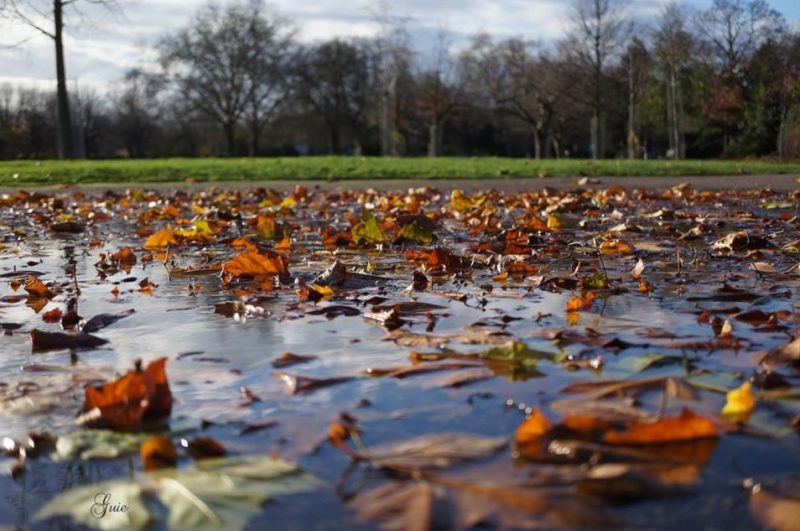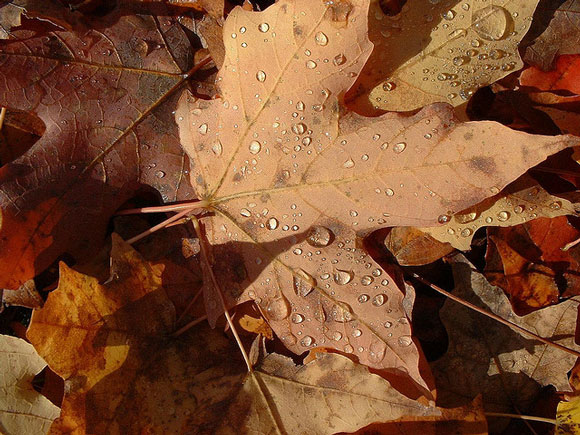Why trees shed their leaves in the fall
Something to think about while raking.

Why trees shed their leaves in the fallSomething to think about while raking.
|
Photo via Daniel de Leeuw Photography
Many types of trees shed their leaves as a strategy to survive harsh weather conditions. In temperate forests across the Northern Hemisphere, trees shed their leaves during autumn as cold weather approaches. In tropical and subtropical forests, trees shed their leaves at the onset of the dry season. Trees that lose all of their leaves for part of the year are known as deciduous trees. Those that don’t are called evergreen trees.
Common deciduous trees in the Northern Hemisphere include several species of ash, aspen, beech, birch, cherry, elm, hickory, hornbeam, maple, oak, poplar and willow. In tropical and subtropical regions, deciduous trees include several species of acacia, baobab, roble, ceiba, chaca and guanacaste.

Image via Tosca Yemoh Zanon in London
Most deciduous trees have broad leaves that are susceptible to being damaged during cold or dry weather. In contrast, most evergreen trees either live in warm, wet climates or they have weather-resistant needles for leaves. However, there are exceptions in nature, such as tamarack trees that shed their needles every autumn and live oaks that retain their broad leaves for the entire year even in relatively cool climates.
Shedding leaves helps trees to conserve water and energy. As unfavorable weather approaches, hormones in the trees trigger the process of abscission whereby the leaves are actively cut-off of the tree by specialized cells. The word abscission shares the same Latin root word as that in scissors, scindere, which means “to cut.” At the start of the abscission process, trees reabsorb valuable nutrients from their leaves and store them for later use in their roots. Chlorophyll, the pigment that gives leaves their green color, is one of the first molecules to be broken down for its nutrients. This is one of the reasons why trees turn red, orange, and gold colors during the fall. At the end of the abscission process, when the leaves have been shed, a protective layer of cells grows over the exposed area.
The shedding of leaves may also help trees to pollinate come springtime. Without leaves to get in the way, wind-blown pollen can travel longer distances and reach more trees.

Autumn leaves. Image Credit: Tracy Ducasse.
Bottom line: Many types of trees shed their leaves as a strategy to survive cold or dry weather. Trees that lose all of their leaves for part of the year are known as deciduous trees. Common deciduous trees include several species of maple and oak in the Northern Hemisphere and acacia and baobab in the tropics. Trees actively shed their leaves through a process called abscission.
Deanna Conners is an Environmental Scientist who holds a Ph.D. in Toxicology and an M.S. in Environmental Studies. Her interest in toxicology stems from having grown up near the Love Canal Superfund Site in New York. Her current work is to provide high-quality scientific information to the public and decision-makers and to help build cross-disciplinary partnerships that help solve environmental problems. She writes about Earth science and nature conservation for EarthSky.
Enjoying EarthSky? Sign up for our free daily newsletter today!